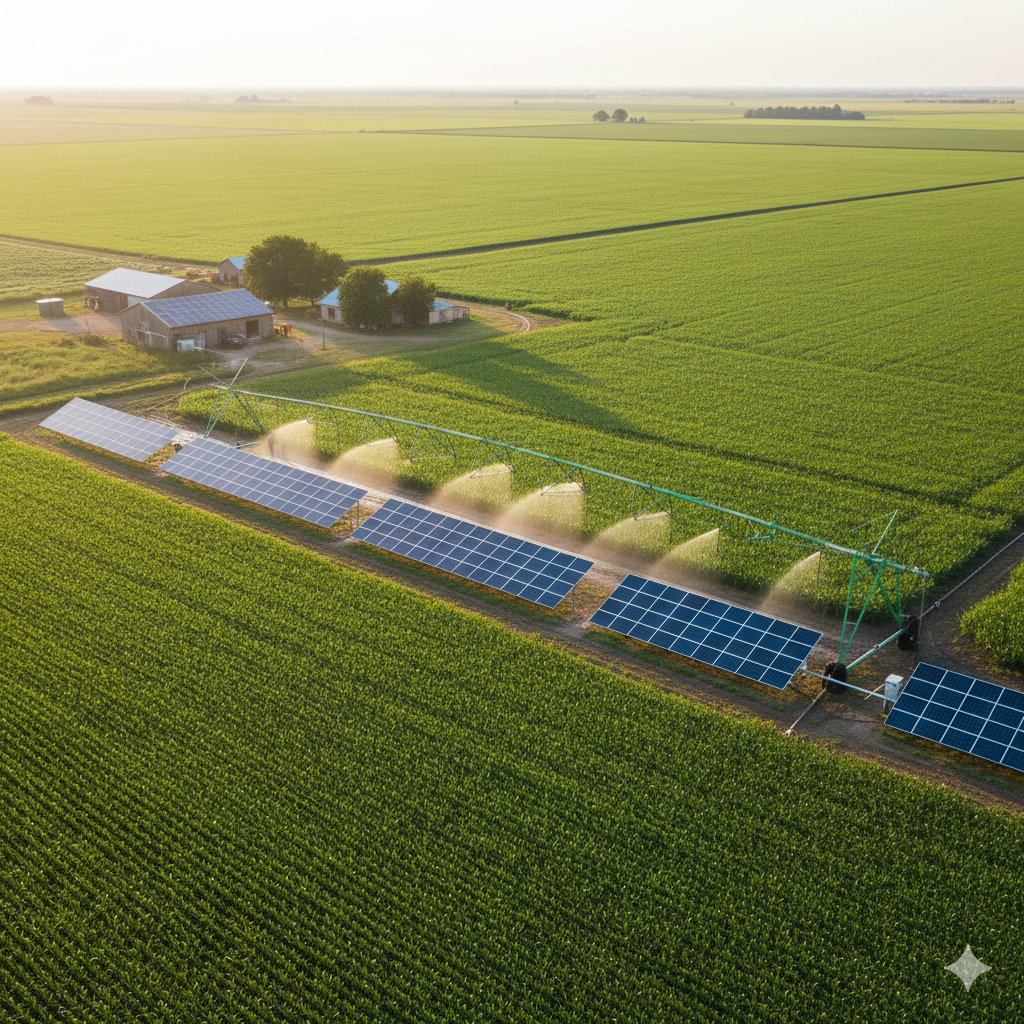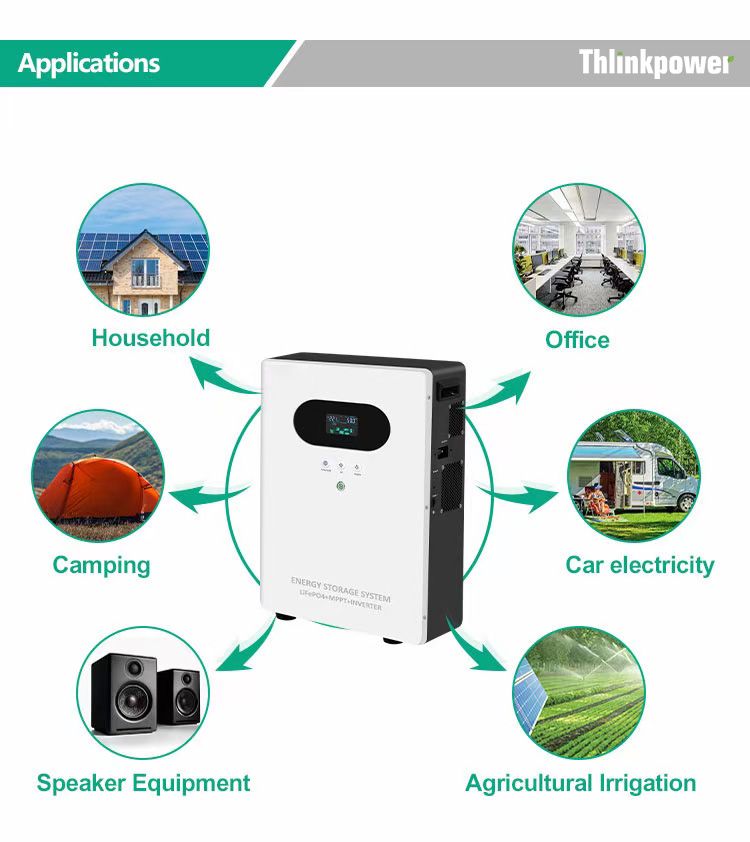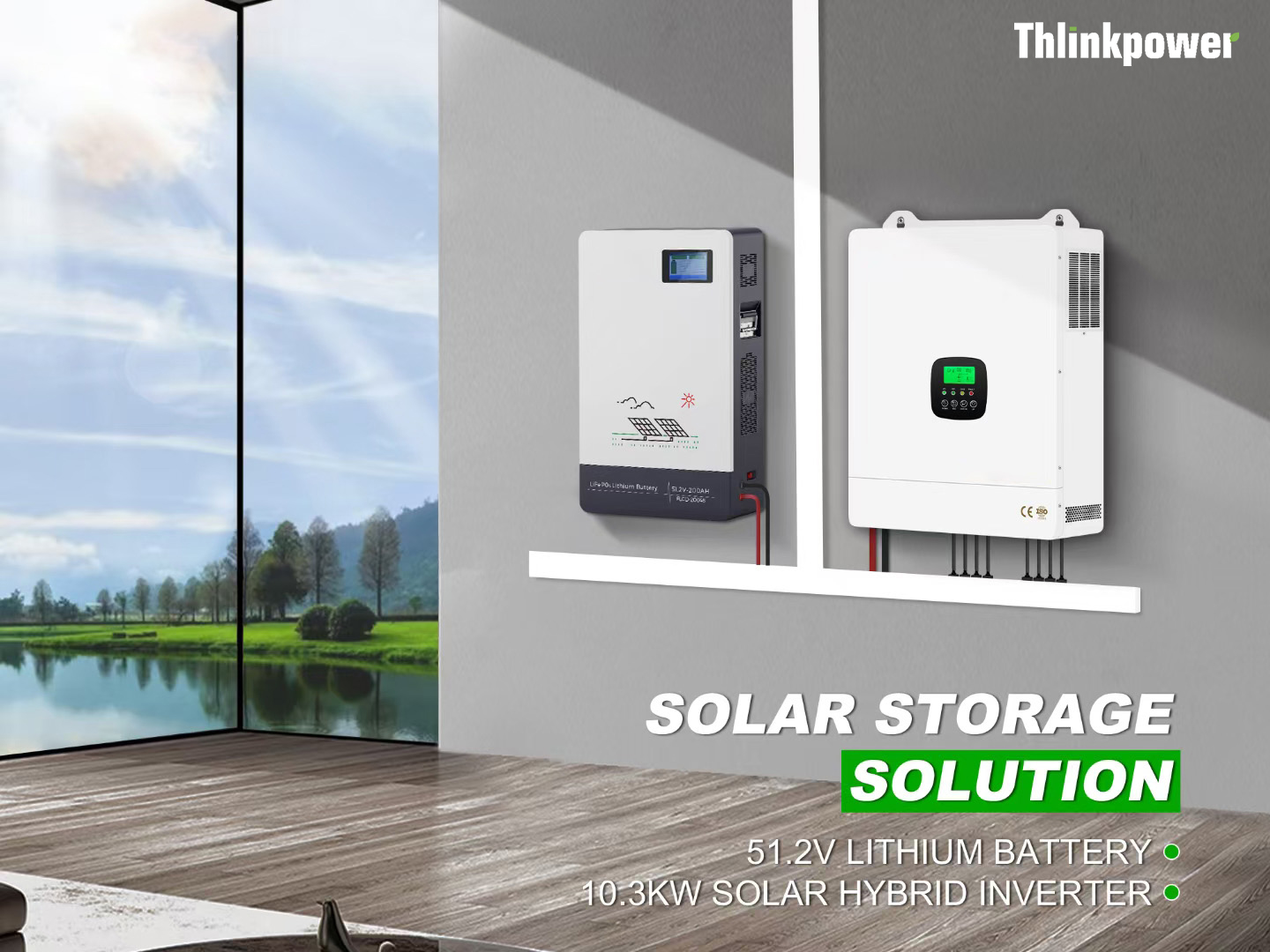As a leading solar inverter manufacturer, ThlinkSolar understands that system performance is paramount. A solar inverter is the brain of your photovoltaic system, and encountering an error code can be a source of frustration. This guide, written from a factory perspective, will help you understand common solar inverter problems and how to effectively troubleshoot them, ensuring your energy production remains optimal.
Understanding Common Solar Inverter Error Codes
Error codes are your solar inverter's first line of communication. They are not signs of a broken unit but are diagnostic tools. Here are some frequent error codes we design into ThlinkSolar solar inverter units and what they typically mean:
Error Code: E01 / No Grid - This indicates the solar inverter cannot detect the utility grid. The problem is often external, not with the solar inverter itself.
Error Code: E02 / Ground Fault - A safety mechanism has triggered, suggesting a possible current leakage to the ground.
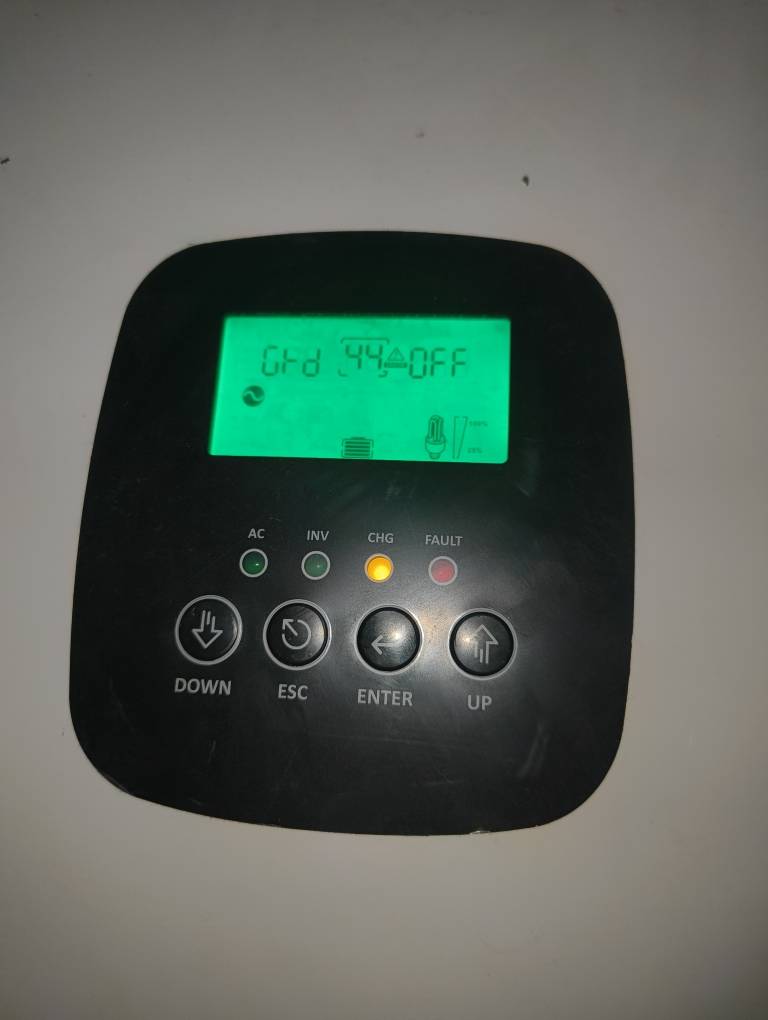
Error Code: E03 / Over Voltage - The DC input from your solar panels is too high for the solar inverter' operating range.
Error Code: E04 / Over Temperature - The solar inverter's internal components have exceeded safe temperature limits, often due to poor ventilation or high ambient heat.
Error Code: E05 / Communication Failure - The solar inverter is having trouble communicating with its external monitoring devices or data logger.
Most Frequent Solar Inverter Problems and Their Root Causes
Based on our factory returns and service data, the most common solar inverter issues are often simple to diagnose.
|
Problem |
Likely Cause |
Factory Perspective |
|
Inverter Not Starting |
No DC power, incorrect wiring, or a tripped DC isolator. |
A robust solar inverter has protection circuits that prevent startup without proper input. |
|
Random Shutdowns |
Overheating, grid voltage fluctuations, or loose AC connections. |
Our solar inverter units are tested for stability, but external factors can cause safety shutoffs. |
|
Low Energy Output |
Shading on panels, soiling, or panel degradation. |
The solar inverter is reflecting the poor input; it doesn't generate power itself. |
|
Persistent Error Codes |
Component failure within the DC/AC circuits or mainboard. |
This is when the solar inverter itself may require professional service or replacement. |
A Factory-Recommended Solar Inverter Troubleshooting Guide
Before you call for service, follow these steps. Most issues can be resolved safely without opening the unit.

Step 1: The Basic Reset
Power down your solar inverter completely. Turn off the AC isolator, then the DC isolator. Wait for 5-10 minutes, ensuring the display is fully off. Then, restart in reverse order: DC isolator ON first, then AC isolator ON. Many temporary glitches are resolved this way.
Step 2: Check the Simple Things
Grid Power: Is there a local power outage?
Isolator Switches: Ensure all DC and AC isolators are in the "ON" position.
Ventilation: Is the solar inverter's vents blocked by debris? Is it installed in a well-ventilated area?
Weather Conditions: Has there been extreme heat or a storm that could affect the grid or panels?

Step 3: Consult the Manual
Refer to your ThlinkSolar solar inverter manual. The error code description provides specific guidance tailored to your model.
Step 4: When to Call a Professional
If basic troubleshooting fails, or you see error codes related to high voltage (like Arc Fault or persistent Ground Fault), contact a certified installer. Tampering with high-voltage components is dangerous.
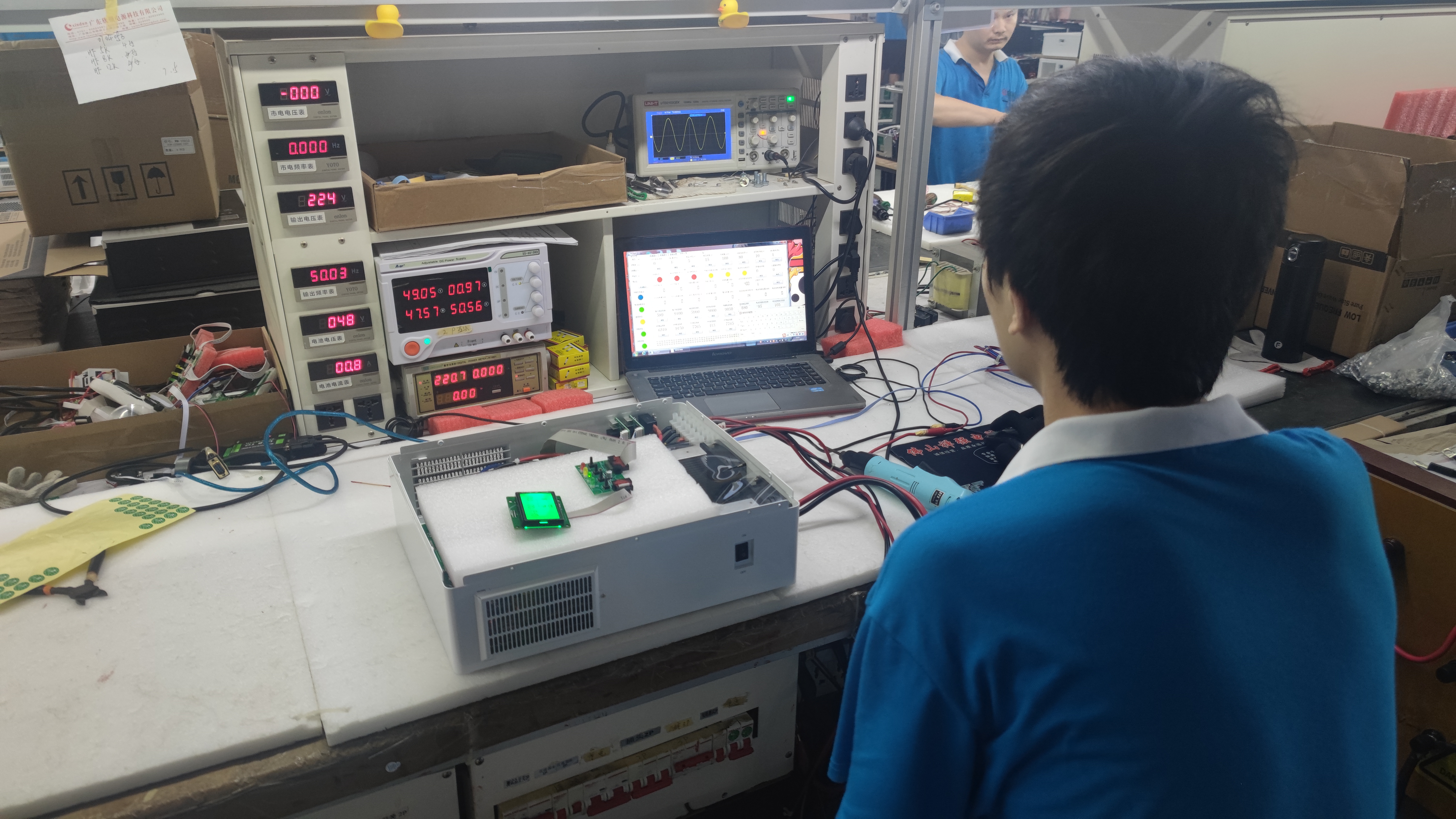
Why ThlinkSolar Solar Inverter Units are Built for Reliability
At our factory, every ThlinkSolar solar inverter is subjected to extreme environmental and electrical stress tests. We design our solar inverter products with robust heat dissipation systems, wide MPPT voltage ranges to handle varying panel inputs, and advanced grid monitoring chips to ensure compliance. When you choose a ThlinkSolar solar inverter, you are not just buying a device; you are investing in a platform of engineering excellence designed to minimize downtime and maximize your return on investment.
Partner with a factory that empowers you with knowledge. For distributors and installers looking for a reliable solar inverter supply, ThlinkSolar offers competitive OEM/ODM services and robust technical support.
Want to know more about our after-sales service? Please check:https://thlinksolar.com/support
